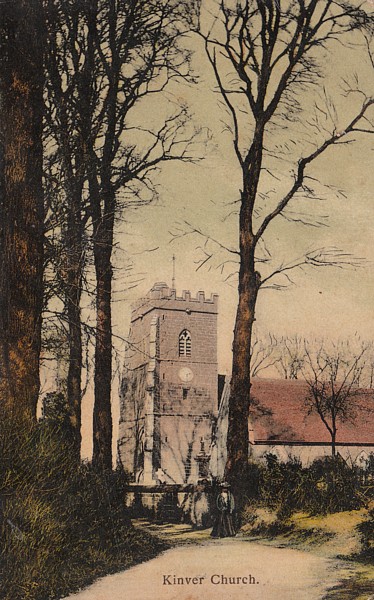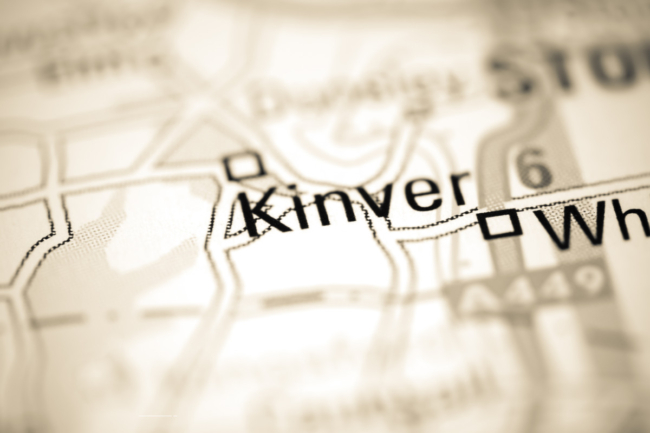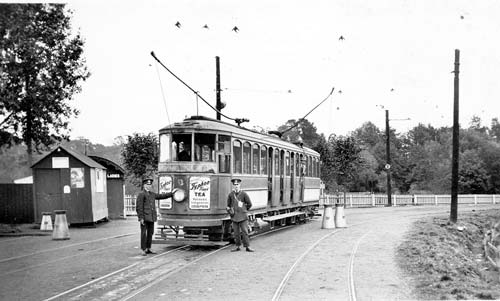The Blog /
An Insight into the History of Kinver Village
Kinver, South Staffordshire
Today Kinver stands as a prosperous village, adorned with many of the provisions of the modern-day. Located within South Staffordshire, Kinver can be easily accessed by several main road networks, which lead to larger towns and cities. Once within the village, there are plenty of amenities to sustain the interest of tourists and citizens alike, such as the Kinver Church or Rock Houses.
Laying the foundation for this opportunistic village, however, are the centuries of history upon which the character of Kinver Village was built.
Deep in the History of Kinver Village
The changing orthography of Kinver reflects not only the evolution of this large village but its relevance across many historical periods. First documented as Chenevare in the 1086 Domesday Book, Kinver has been noted as Cynibre and Kynfare, amongst other variations, over the years. And the history attached to these respective names is just as fascinating...

St Peter's Church, Kinver (c1903 postcard)
Image taken from Genuki.org.uk

What was Kinver known for?
Kinver Village was largely a manufacturing village throughout its history. Notably, Kinver primarily produced both coarse and fine woollen cloth until the late 1600s, when the village’s resources were turned toward the manufacturing of iron. A mill was established at the Hyde for the production of bar, rod, and sheet iron by Richard Foley.
During this period, the Staffordshire and Worcestershire Canal was also developed by James Brindley, aiding the transportation of materials and goods. Both of these prominent figures are memorialised in two of the three Kinver schools: Foley Infant Academy and Brindley Heath Academy, demonstrating the incorporation of Kinver’s history into its present identity.
Myths
The historic weight of Kinver has invited the fabrication of several myths, concerning the haunting of surrounding buildings and environments. Whilst these myths are not proven, they do highlight a societal fascination with the long and alluring past of Kinver.
Kinver High Street
Whilst the structures that comprise Kinver High Street today vary in age, the original blueprints for the village can be traced back to the Mediaeval era. Predating this is St. Peter’s Church, which sits atop the village, and was built in the 12th century.
Both the church and some of the original village structures remain, including Kinver pubs like the 14th century White Harte Pub. The White Harte Kinver sits in the centre of the High Street as the oldest inn.
Whilst many of the buildings on Kinver High Street have been renovated and repurposed for modern-day, providing a collection of accommodating amenities for those who visit Kinver, the history of Kinver is obvious to all those that walk through its streets.
Kinver Rock Houses
The Kinver Rock Houses are some of the most unique windows into Kinver’s past. With the earliest record of their occupation being 1777, the Rock Houses are cave dwellings located upon Kinver Edge; some of the houses have been restored to previous conditions, and are open to the public, in order to portray what life was like for some residents of Kinver. The Rock Houses Kinver Edge are so integral to Kinver’s identity that it is commonly thought the origin of Kinver’s name derived from the Edge where the houses reside.
Kinver Light Railway
The Kinver light railway was originally opened in 1901, for the transportation of the public and for the provision of goods to the village. The line spanned around 4.5 miles, from Amblecote to Kinver, allowing people from the Black Country to travel into Kinver. Being an affordable and efficient means of commuting, the light railway was extremely popular until its premature closure in 1930.

Kinver Light Railway Tram Terminus, Mill Lane, Kinver
Image taken from chasewaterstuff
Having learnt about the history of the town of Kinver, how about reliving the history in our beautifully developed workspaces?
It's not all about office space... here at Kinver Point, we are flexible to suit your business and its demands.
Get in touch